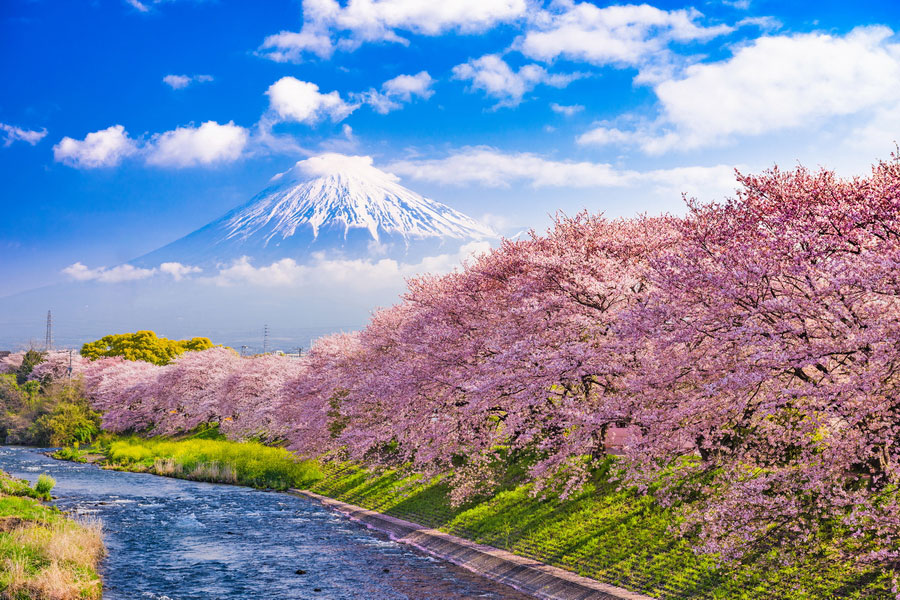Discover Mount Fujian: Your Ultimate Guide to the Majestic Mountains of Fujian Province
Introduction to Mount Fujian
Fujian Province, located on China’s southeastern coast, is known for its rich tea culture, coastal cities, and—less talked about but equally awe-inspiring—its diverse mountain landscapes. While the name "Mount Fujian" doesn’t refer to a single peak, the province is home to a collection of famous mountains, each offering unique experiences, from hiking trails and granite cliffs to ancient temples and misty tea terraces.

In this comprehensive guide, we’ll explore the most iconic and scenic mountains in Fujian, including:
🏔️ Wuyi Mountains (武夷山 / Wuyishan)
🏔️ Taimu Mountain (太姥山 / Taimushan)
🏔️ Qingyuan Mountain (清源山 / Qingyuanshan)
🏔️ Jiulian Mountain (九连山 / Jiulianshan)
Whether you’re a hiker, cultural traveler, or landscape photographer, Fujian’s mountains offer a blend of natural grandeur and cultural richness.
🌄 Wuyi Mountains: UNESCO World Heritage Beauty
Overview
The crown jewel of Fujian’s highlands, the Wuyi Mountains are famed for their towering rock formations, serene river valleys, and legendary tea culture. Recognized as a UNESCO World Heritage Site, Wuyishan is both a natural wonder and a cultural epicenter, known as the birthplace of Neo-Confucianism and home to the world-renowned Da Hong Pao oolong tea.
Highlights
🚣 Bamboo rafting along the Nine-Bend River (Jiuquxi)
🧗 Hike to Tianyou Peak for panoramic mountain views
☕ Visit the original Da Hong Pao tea bushes
🏛️ Discover Wuyi Palace and ancient cliff inscriptions
🌿 Explore biodiversity in the nature reserve
Best Time to Visit
Spring (March–May): Tea season and blooming scenery
Autumn (Sept–Nov): Clear skies and vivid foliage
🪨 Taimu Mountain: The “Fairyland on the Sea”
Located in Ningde, Taimu Mountain is known as the “Sea Wonderland” due to its combination of sea views, granite cliffs, and legend-infused landscapes. With altitudes of 900+ meters, Taimushan is revered in both Taoist and Buddhist traditions.
Highlights
⛩️ Visit the Taimu Temple and ancient Taoist relics
🥾 Hike granite stairways and marvel at natural rock arches
🌅 Catch sunrise over the East China Sea
📸 Don’t miss the famed rock formations like “Immortal Watching the Sea”
Who It’s For
Nature lovers, spiritual travelers, and coastal hikers
Less crowded compared to Wuyishan, but equally magical
⛰️ Qingyuan Mountain: A Cultural and Spiritual Hub
Located in Quanzhou, Qingyuan Mountain is a sanctuary for those seeking a spiritual and scenic escape. It’s best known for the giant Laozi statue, the largest of its kind in China, and offers a peaceful alternative to more rugged trails.
Highlights
🧘 Explore Laozi Stone Statue and ancient Taoist carvings
🌳 Stroll through cedar groves and quiet forest trails
⛩️ Visit Qingyuan Temple and Buddhist pagodas
🐦 Spot birds and butterflies in protected nature zones
Travel Tip
Ideal for half-day excursions when visiting Quanzhou or Xiamen
🏞️ Jiulian Mountain: Hidden Gem for Serious Trekkers
On the border of Fujian and Jiangxi lies Jiulian Mountain, one of the lesser-known but ecologically rich mountains in the region. Often blanketed in mist, Jiulianshan is ideal for nature purists and adventure hikers.
Highlights
🥾 Challenging hikes through dense subtropical forests
🐅 Protected wildlife area—home to clouded leopards and rare plants
📷 Fantastic for photography during sunrise or foggy mornings
🛖 Stay in remote villages for immersive local experiences
🍵 Tea Culture in Fujian’s Mountains
No trip to Fujian’s highlands is complete without immersing yourself in the region’s ancient tea traditions. Fujian is the birthplace of oolong tea, and the mountain climate and mineral-rich soil produce some of the best teas in the world.
Famous Teas to Try
Da Hong Pao (Wuyi Mountains)
Tie Guan Yin (Anxi region, near Quanzhou)
White Tea (Fuding area)
Tea Experiences
Join tea-picking tours in spring
Attend a traditional Gongfu tea ceremony
Buy authentic teas directly from mountain farms
🏨 Where to Stay in Fujian’s Mountain Regions
Wuyi Mountains
Luxury: Yeohwa Resort Wuyishan
Mid-range: Dahongpao Tea Resort
Budget: Homestays in Xingcun village
Taimu Mountain
Resort hotels near the scenic entrance
Local inns with ocean views
Qingyuan Mountain
Stay in Quanzhou city—just 20 minutes from the mountain
🧭 How to Get There
✈️ Wuyishan Airport (WUS) and Fuzhou Changle International Airport (FOC)
🚅 High-speed trains to Wuyishan, Fuzhou, and Ningde
🚌 Public and chartered buses to all mountain parks
📅 Best Time to Visit Fujian’s Mountains
| Season | What to Expect |
|---|---|
| Spring | Ideal hiking weather, tea harvest, flowers in bloom |
| Summer | Lush greenery, waterfalls, and higher humidity |
| Autumn | Crisp air, less rain, beautiful foliage |
| Winter | Misty landscapes, fewer tourists, cool but serene |
🎒 Travel Tips
🎟️ Buy tickets online for national parks and scenic areas
🥾 Wear comfortable hiking shoes with good grip
📱 Use WeChat or Alipay for payments
☕ Learn basic Mandarin phrases or hire a guide for deeper experiences
🧭 Consider combining multiple mountains in a weeklong itinerary
🌟 Final Thoughts: The Magic of “Mount Fujian”
While there may not be a single peak called “Mount Fujian,” the province’s diverse mountain landscapes more than make up for it. From the cultural depths of Wuyishan to the ocean vistas of Taimu Mountain and the spiritual quiet of Qingyuan, Fujian offers some of the most underrated yet breathtaking mountain experiences in China.
Perfect for hikers, culture seekers, and slow travelers alike, “Mount Fujian” is your gateway to misty peaks, ancient temples, and world-class tea—all waiting to be discovered.
